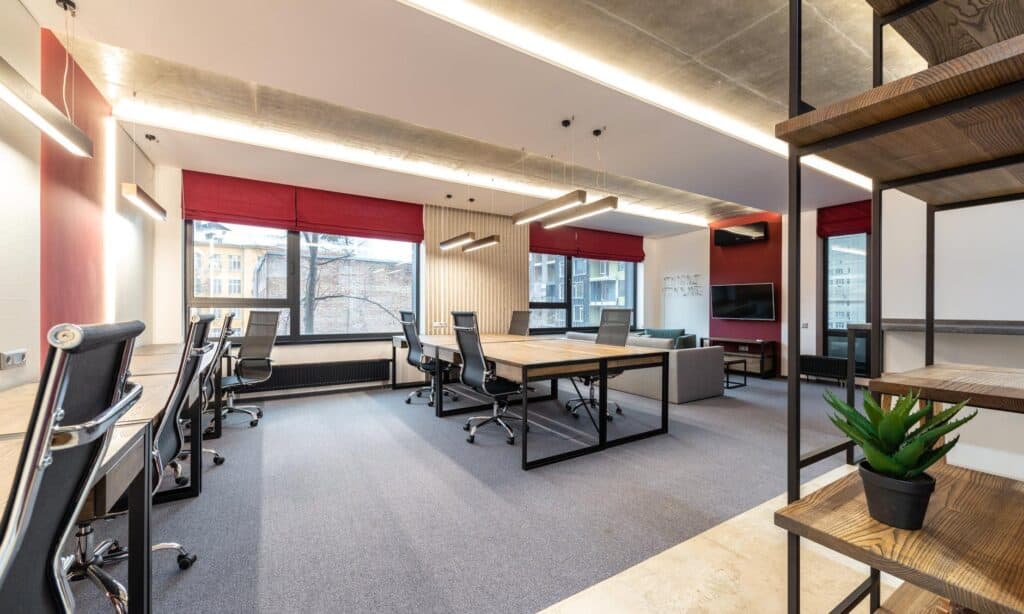
Cities around the world, particularly those with tight densities before the pandemic such as Manila, are expected to reduce their densities as space occupation patterns are likely to change.
“Pressures to reduce density are likely to be strongest in those cities that had particularly tight pre-COVID densities of under 10 square meters per person, where ratios of less than one desk per employee had been commonplace,” Jones Lang Lasalle said in its Benchmarking Cities and Real Estate: Measuring Change in a Post COVID World report.
Data from JLL’s Global Benchmarking Services (GBS) shows that Manila had the tightest occupational density among 32 global cities covered by the report in a pre-COVID world with an average of 6.9 square meter (sqm) space per person. This is below the global mean of 13.3 sqm space per person.
In contrast, Chicago had the least occupational density, with a 22.8 sqm space per person.
“Occupational densities will be part of a widening suite of dynamic ‘metrics that matter’, including those measuring human experience, which businesses and the cities they are housed in will increasingly need to access,”said Victoria Mejevitch, Head of JLL Global Benchmarking Services.
JLL said every crisis leads to a shift in space occupation patterns.
“Space utilization and occupational density metrics will be increasingly important to track as businesses adjust to new circumstances and seek to balance a complex range of factors that will determine the future requirement for office space; from the appetite and propensity for remote working and increased emphasis on wellbeing and experience, to changing office designs and the adoption of technology,”JLL said.
It added that city governments will also draw on these metrics to better understand the way buildings are used, as well as their resource efficiency, to help frame urban and environmental policy.
“Occupational densities will be part of a widening suite of dynamic ‘metrics that matter’, including those measuring human experience that businesses and the cities in which they are housed will increasingly need to access,” JLL said.
Article and Photo originally posted by Property Report Ph last June 14, 2021 and written by Catherine Talavera.







More Stories
Vista Land Celebrates 50 Years with Sandiwa: An Event Honoring Leadership, Legacy, and the Filipino Dream of Homeownership
Vista Land Celebrates Love Month in Ilocos Region
Vista Land Bridges Cebuano Heritage and Progress with Valencia by Vista Estates